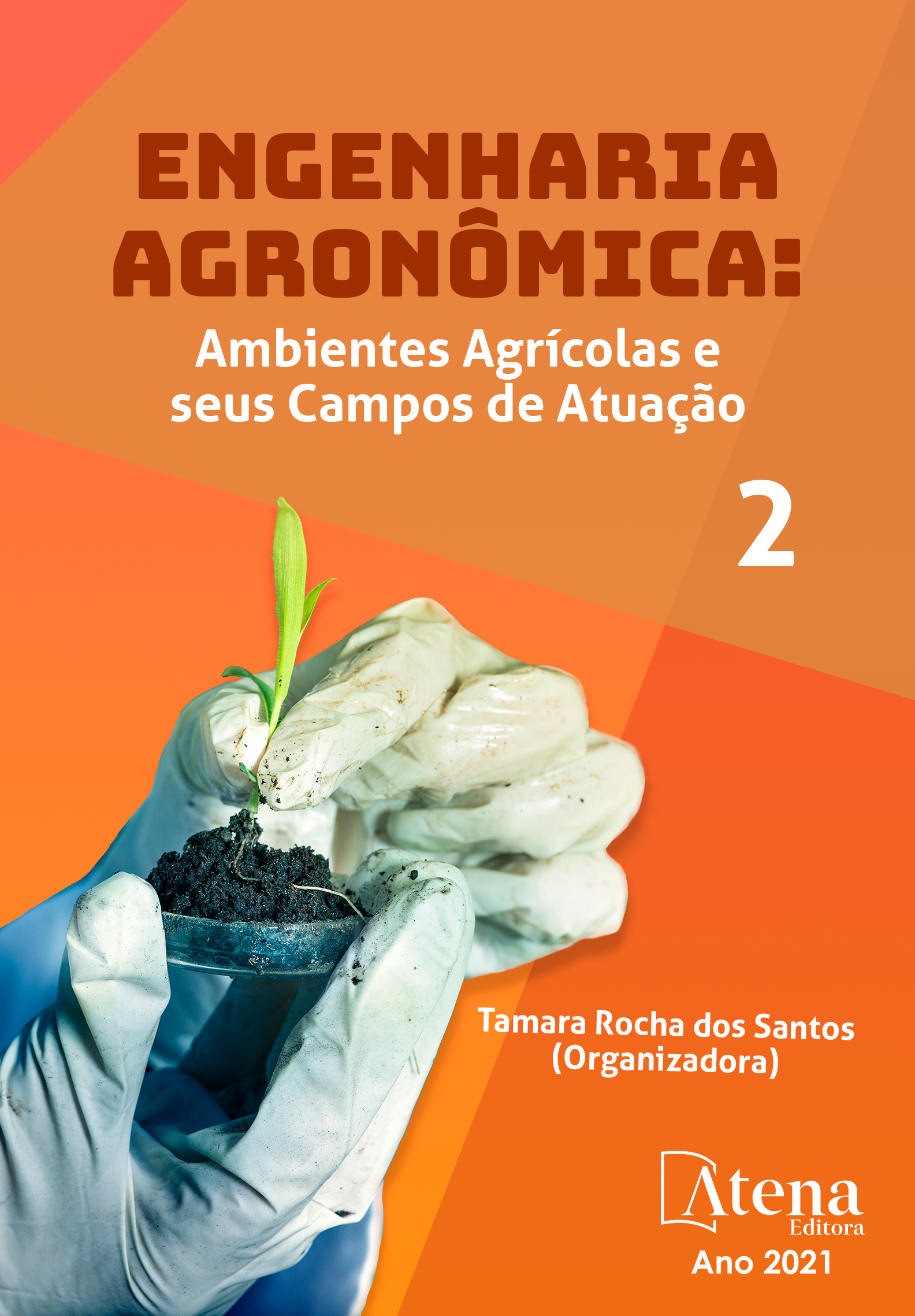
DIVERSIDADE DOS GRUPOS FUNCIONAIS DA FAUNA EDÁFICA SOB DIFERENTES SISTEMAS DE PLANTIO DE MILHO
A fauna edáfica influencia diretamente na disponibilidade de matéria orgânica, onde parte daqueles que compõem esta categoria se alimentam dela e promovem a ciclagem de nutrientes, favorecendo ou não o manejo de culturas de interesse econômico. Este trabalho avaliou a diversidade dos grupos funcionais da fauna edáfica sob diferentes sistemas de plantio de milho, coletados por meio de armadilha e avaliadas classificando-as. O experimento foi implantado no Centro de Ciências Agrárias e da Biodiversidade da Universidade Federal do Cariri, no ano de 2019. Foram selecionadas 4 áreas com diferentes manejos: plantio de milho convencional e irrigado (PMCI); plantio de milho convencional e sequeiro (PMCS); milho de plantio direto em sequeiro (MPDS); e vegetação tipo capoeira (VC). Em cada área foram instaladas armadilhas pitfall trap, com volume de 250ml e dispostas por caminhamento aleatório, contendo solução de formol a 4%. Após o período de 7 dias, as armadilhas foram identificadas, separando e classificando seu conteúdo de acordo com os grupos funcionais. Observou-se que no sistema PMCI a grande maioria do material coletado, 93%, correspondia aos fitófagos, e 3% e 4%, a predadores e saprófitos respectivamente. No sistema PMCS, 56% foram fitófagos e 44% predadores, não havendo saprófitos. No sistema MPDS, 93% do material correspondia a fitófagos e 7% a predadores, não havendo saprófitos. Por fim, na VC, 61% do material coletado eram de fitófagos, 38% de predadores e 1% de saprófitos. Os resultados demonstram que o grupo de fitófagos foi mais numeroso em todos os sistemas de plantio avaliados. Podendo isso ser explicado pelo fato dos organismos da fauna edáfica possuírem comportamentos diferenciados, variando de acordo com o sistema de plantio e manejo utilizado. O SPD e o sistema convencional irrigado apresentaram maior abundância de fitófagos em relação aos demais sistemas avaliados por conta de sua umidade elevada no solo.
DIVERSIDADE DOS GRUPOS FUNCIONAIS DA FAUNA EDÁFICA SOB DIFERENTES SISTEMAS DE PLANTIO DE MILHO
-
DOI: 10.22533/at.ed.4592104056
-
Palavras-chave: Pitfall trap. Plantio Direto. Manejo do Solo. Mesofauna. Macrofauna.
-
Keywords: Pitfall trap. Direct Planting System. Soil Management. Soil Mesofauna. Soil Macrofauna.
-
Abstract:
The soil fauna directly influences the availability of organic matter, where part of those that make up this category feed on it and promote the cycling of nutrients, favoring or not the management of crops of economic interest. This work evaluated the diversity of functional groups of soil fauna under different corn planting systems, collected by means of traps and evaluated by classifying them. The experiment was implemented in the Centro de Ciências Agrárias e da Biodiversidade of the Universidade Federal do Cariri, in the year 2019. Four areas with different management were selected: convencional and irrigated corn plantation (CICP); conventional and rainfed system corn plantation (CRSCP); corn’s direct plantation in rainfed system (CDPRS); and vegetation type capoeira (VTC). Pitfall traps were installed in each area, with a volume of 250ml and arranged by randomized walk, containing 4% formaldehyde solution. After 7 days, the traps were identified, separated and classified their content according to functional groups. It was observed that in the CICP system the vast majority of the collected material, 93%, corresponded to phytophages, and 3% and 4%, to predators and saprophytes, respectively. In the CRSCP system, 56% were phytophages and 44% predators, with no saprophytes. In the CDPRS system, 93% of the material corresponded to phytophages and 7% to predators, with no saprophytes. Finally, in the VTC, 61% of the collected material was phytophages, 38% predators and 1% saprophytes. The results show that the group of phytophages was more numerous in all planting systems evaluated. This can be explained by the fact that the organisms of the soil fauna have different behaviors, varying according to the planting system and management used. The SPD and the conventional irrigated system showed a greater abundance of phytophages than the other systems evaluated because of its high soil moisture.
-
Número de páginas: 12
- Sebastião Cavalcante De Sousa
- Márcio Godofrêdo Rocha Lobato
- Cicero Cordeiro Pinheiro
- Kaline oliveira da Silva
- Eduardo Oliveira Nascimento
- Cícero Aparecido Ferreira Araújo
- José Jonas Gomes Cavalcante
- Sérgio Manoel Alencar Sousa
- Antonio Hyago Mendes Gonçalves
- João Henrique Araújo de Albuquerque
- Gabriela Gonçalves Costa


